The 11 Best ETFs to Buy for Portfolio Protection
The stock market took a gut punch recently as a number of on-again, off-again headwinds started to blow at the same time.


The stock market took a gut punch recently as a number of on-again, off-again headwinds started to blow at the same time. Investors quickly turned tail, seeking out more protective positions. Unsurprisingly, this trend led to an influx of inflows into some of the best defensive exchange-traded funds (ETFs).
The Federal Reserve knocked Wall Street off-balance with a recent quarter-point drop in its benchmark Fed funds rate. Yes, it was the first such cut since the Great Recession. But some investors were hoping for a deeper reduction, and Fed Chairman Jerome Powell’s subsequent press conference kept experts guessing about whether future rate cuts were any more or less likely.
The U.S.-China trade war escalated next. At the start of August, President Donald Trump threatened to slap a 10% tariff on another $300 billion in Chinese imports effective Sept. 1, prompting Beijing to threaten retaliation. So far, China has announced it will suspend imports of U.S. agricultural products and let its currency, the yuan, tumble to an 11-year-low. The latter move is expected to agitate Trump, who has accused Beijing of currency manipulation in the past.
Standard & Poor’s 500-stock index dropped quickly, losing almost 4% between the July 30 close (the day before the Fed announcement) and the Aug. 5 market open. Some investors are going to cash – but others are seeking out areas of the market that might rise as the market falls, or places to collect dividends while waiting out the volatility.
Here, we examine 11 of the best ETFs to buy if you’re looking for portfolio protection. This relatively small cluster of funds covers a lot of ground, including high-dividend sectors, low-volatility ETFs, gold, bonds and even a simple, direct market hedge.
Data is as of Aug. 4. Dividend yields represent the trailing 12-month yield, which is a standard measure for equity funds.
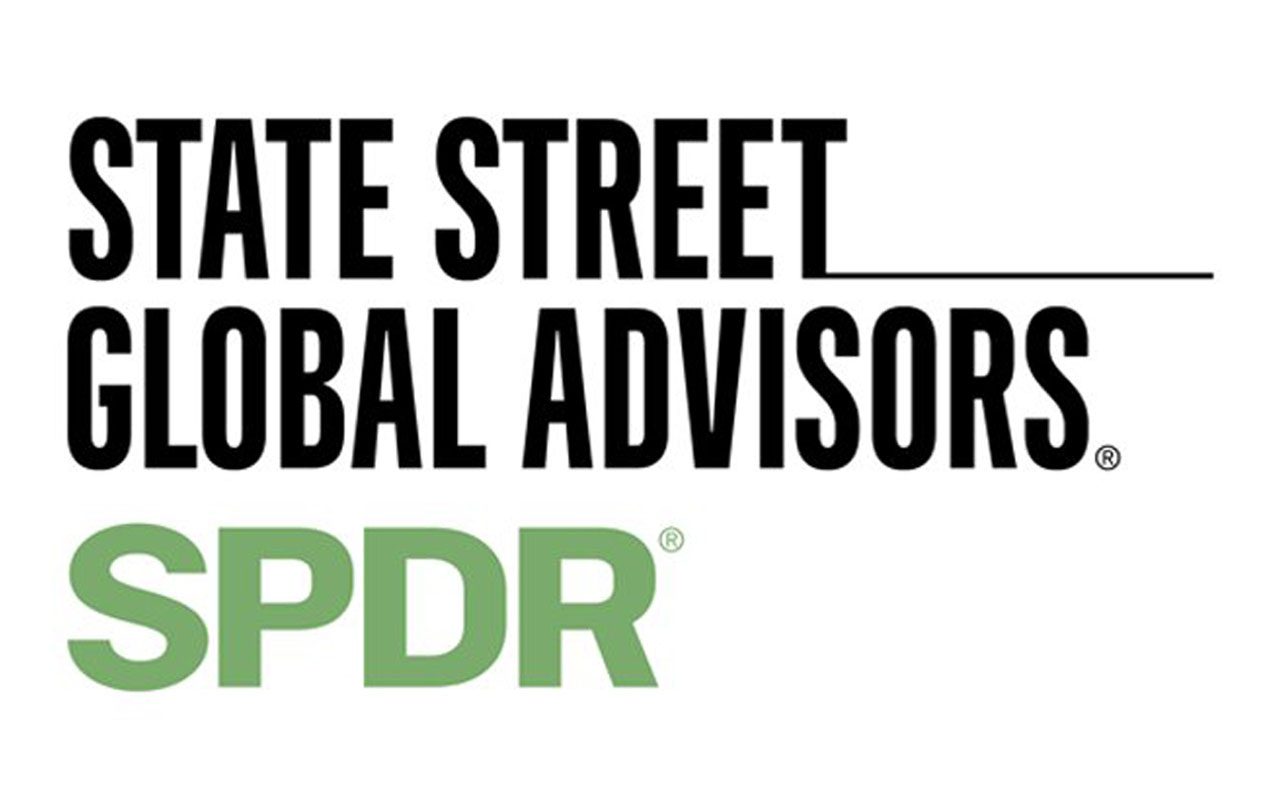
Utilities Select Sector SPDR Fund
- Type: Sector
- Market value: $10.1 billion
- Dividend yield: 3.1%
- Expenses: 0.13%, or $13 annually on a $10,000 investment
Whenever you read about the markets having a rough day, look at how different sectors performed. Often, you’ll see heavy losses in certain aggressive, high-growth sectors (think technology or consumer discretionary/services). But other sectors – especially those that traditionally offer high yields – may experience lighter losses, sometimes even gains on those days, because investors flock to the protection their businesses and dividend payments offer.
Utility stocks – companies that provide electricity, gas and water service, among others – are one such sector. There’s little growth in these firms. They’re highly regulated, so they can’t just jack their prices significantly higher overnight, and because they’re regional in nature, they can’t rapidly heap on new customers.
But they provide necessities that people must use no matter how bad the economy gets, and as a result, they have extremely reliable revenue streams that translate into predictable profits. And those profits often are returned to shareholders in the form of above-average dividends. The combination of these two factors makes utility stocks attractive when the rest of the market quivers.
The Utilities Select Sector SPDR Fund (XLU, $60.15) provides access to a tight cluster of the 28 utility companies in the S&P 500. Because the fund is weighted by market value (the biggest firms make up the biggest portions of the portfolio), it is very heavily invested in a few stocks. Largest holding NextEra Energy (NEE), for instance, accounts for more than 12% of the ETF’s assets, and the top five holdings alone account for roughly 40%. That means significant moves in just one or two of these stocks can have an outsize effect on XLU’s performance.
The upside? Utility stocks as a whole tend to be more stable than the broader market anyway. And they certainly are more income-friendly – XLU’s current 3.1% yield easily trounces the 1.8% you’ll get by investing in S&P 500 ETFs such as the SPDR S&P 500 ETF (SPY).
Learn more about XLU at the SPDR provider site.

Consumer Staples Select Sector SPDR Fund
- Type: Sector
- Market value: $12.3 billion
- Dividend yield: 2.7%
- Expenses: 0.13%
Just like you need utilities such as gas to heat your home and water to drink and stay clean, you also need a few goods to get you through the day – food and basic hygiene products among them.
That’s what consumer staples are: the staples of everyday life. But while some are what you’d think, others aren’t. Bread, milk, toilet paper, toothbrushes are obvious basics, though consumer staples also tend to include things such as tobacco and alcohol – not needs, per se, but they’re consumed like it. Thus, like utilities, consumer staples tend to have somewhat more predictable revenues than other sectors, and also pay out decent dividends.
The Consumer Staples Select Sector SPDR Fund (XLP, $59.23) invests in the 30-plus consumer staples stocks of the S&P 500 – a who’s who of the household brands you’ve grown up with and know. Top holding Procter & Gamble (PG, 16.2% of assets) is responsible for Bounty paper towels, Charmin toilet paper and Dawn dish soap. Coca Cola (KO) and PepsiCo (PEP) – the latter of which also boasts Frito-Lay, a massive snacks division – combine to make up another 20% of assets.
And you must buy those products somewhere, which explains the inclusion of companies such as Walmart (WMT) and Costco (COST).
The Consumer Staples SPDR has long been among the best ETFs to buy, from a sector standpoint, in market downturns. It proved its mettle during the bear market of 2007-09, when it delivered a total return (which includes price and dividends) of -28.5%, which was only half as bad as the S&P 500’s 55.2% loss. Or consider 2015, when the S&P 500 returned just 1.3% versus 7% for the XLP. The ETF also outperformed during the fourth-quarter slump in 2018.
You can partly thank its consistently above-average yield, which currently sits at 2.7%.
Learn more about XLP at the SPDR provider site.
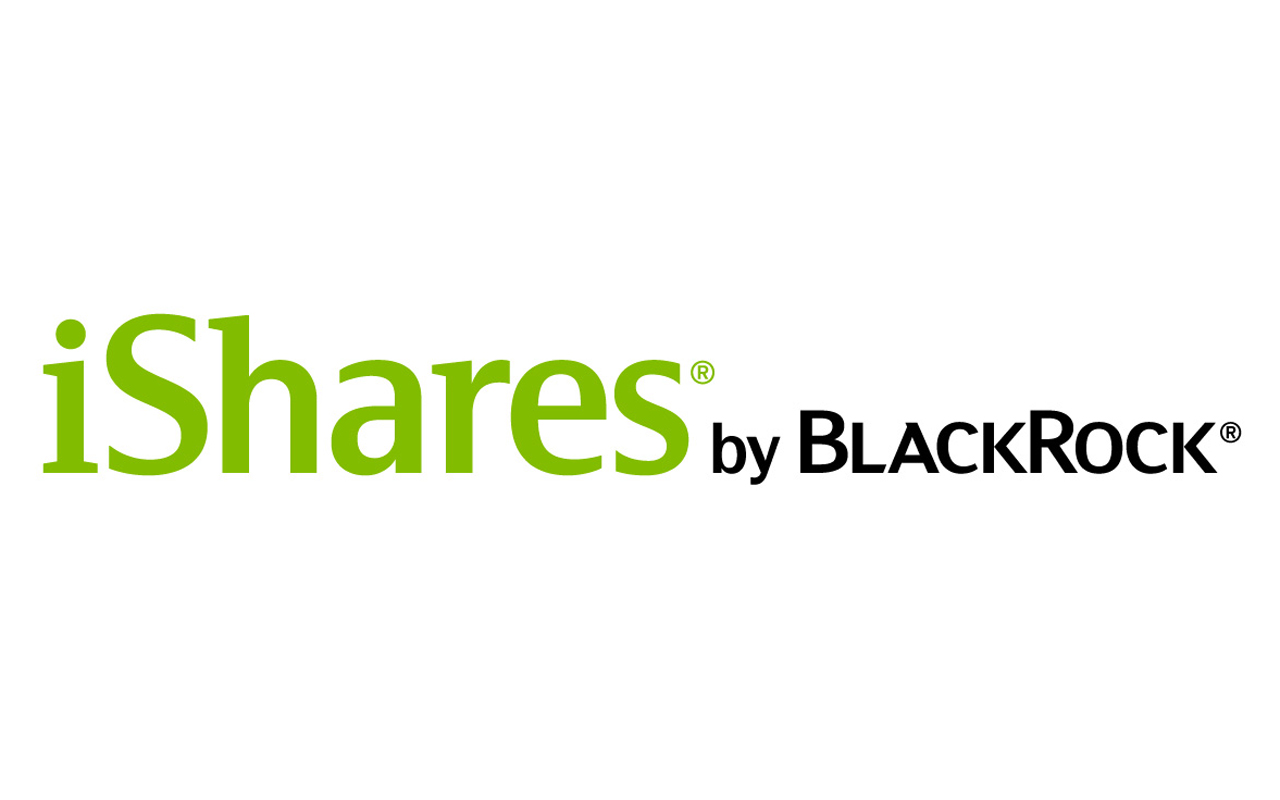
iShares Cohen & Steers REIT ETF
- Type: Sector
- Market value: $2.3 billion
- Dividend yield: 2.5%
- Expenses: 0.34%
The last sector we’ll look at here involves real estate investment trusts (REITs). Congress created this corporate structure almost 60 years ago to encourage property investment among mom ‘n’ pop investors – the type of people who couldn’t afford to just buy an office building or two with couch change.
REITs own and sometimes operate properties of all sorts: the aforementioned offices, sure, but also apartment buildings, malls, self-storage units, warehouses, even driving ranges. And they were built with income in mind. These companies must pay out 90% of their taxable income as dividends to shareholders – a quid pro quo for being exempt from federal taxes.
- iShares Cohen & Steers REIT ETF (ICF, $115.17) tracks an index built by Cohen & Steers, which calls itself the world’s first investment manager dedicated to real estate securities.” The result is a portfolio of 30 larger-sized REITs that “are dominant in their respective property sectors.” American Tower (AMT, 8.7%), for instance, is a top provider of telecommunications infrastructure, which it leases out to the likes of Verizon (VZ) and AT&T (T). Prologis (PLD, 8.2%) owns 786 million square feet of logistics-focused real estate (such as warehouses) and counts Amazon.com (AMZN), FedEx (FDX) and the U.S. Postal Service among its customers.
REITs – much like utilities – also feature another mutual benefit: Their businesses tend to be mostly concentrated within America’s borders, which insulates them somewhat (though not entirely) from trade friction.
One final note about ICF: Its yield of 2.5% is smaller than many other REIT ETFs. However, its capital gains are typically so consistently strong that even once its inferior dividend is included, it outperforms most rivals.
Learn more about ICF at the iShares provider site.

iShares Edge MSCI Min Vol USA ETF
- Type: Low volatility
- Market value: $30.7 billion
- Dividend yield: 1.8%
- Expenses: 0.15%
Low-volatility ETFs are considered among the best ETFs for environments like the current one because they’re designed to keep you exposed to stock-market upside while reducing risk. Just know what to expect: They typically underperform during bull moves and outperform during downturns.
The iShares Edge MSCI Min Vol USA ETF (USMV, $62.59) is the largest low-vol ETF on the market, and one of two volatility-suppressing options in the Kiplinger ETF 20 list of high-quality, low-cost funds. USMV targets stocks with “lower volatility characteristics relative to the broader U.S. equity market.”
Here’s how the sausage is made: USMV looks at the top 85% (by market cap) of U.S. stocks that have lower volatility compared to the rest of the market. It then uses a multi-factor risk model to weight the stocks. The portfolio is refined further by an “optimization tool” that looks at the projected riskiness of securities within the index.
This portfolio can fluctuate a lot over time. For instance, in late 2018, USMV was nearly 20% invested in tech stocks and 15.4% invested in health care. Today, IT is 16.6% and health care 10.9%. Also, don’t mistake “minimum volatility” for “lack of growth.” The ETF’s top holdings include Visa (V) and McDonald’s (MCD), both of which have sprinted past the broader market and hit all-time highs within recent weeks.
Learn more about USMV at the iShares provider site.
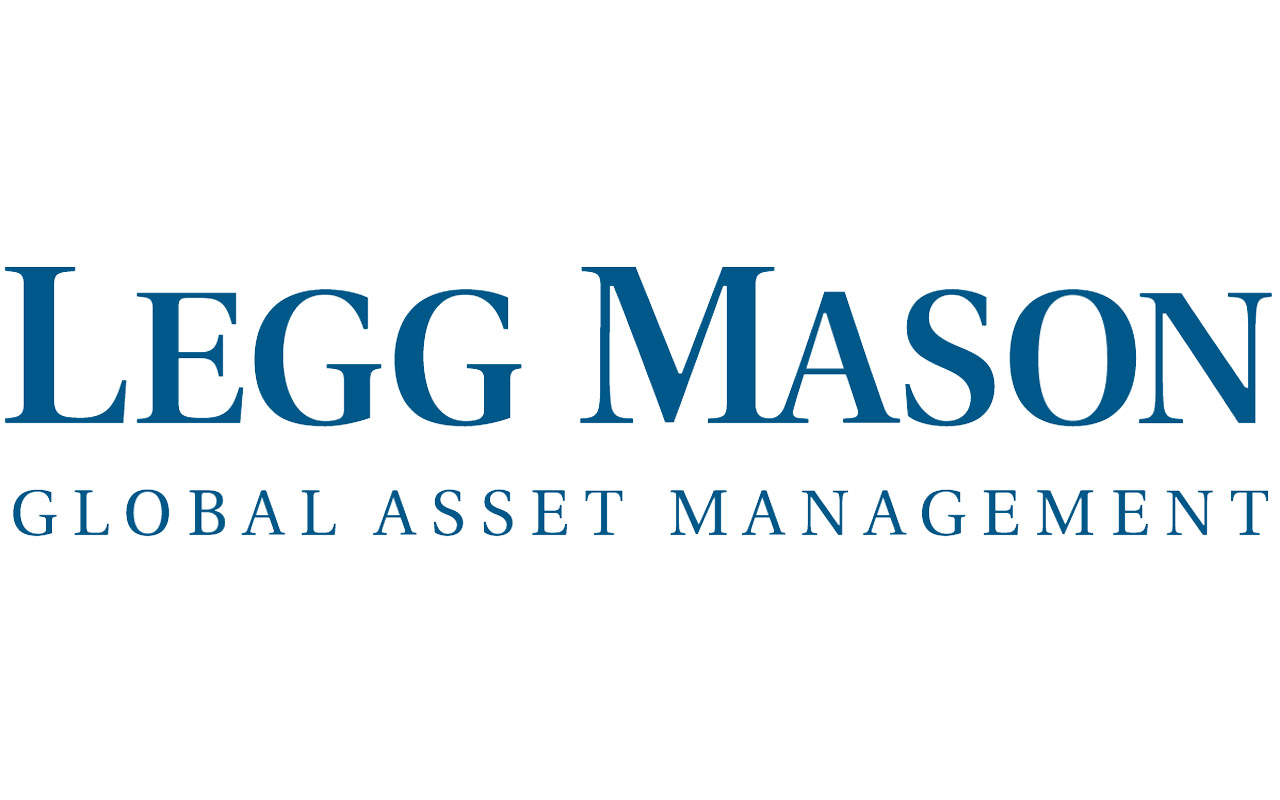
Legg Mason Low Volatility High Dividend ETF
- Type: Low volatility
- Market value: $702.3 million
- Dividend yield: 3.5%
- Expenses: 0.27%
The Legg Mason Low Volatility High Dividend ETF (LVHD, $32.10) provides an ideal mixture of the low-volatility factor and high dividend yield.
Essentially, it’s a 1-2 punch of portfolio protection.
Low volatility swings both ways. Sometimes, being more volatile than the market can mean you’re generating more upside, so reducing volatility can limit gains. But if you can reduce volatility via stocks that deliver substantial income, you can make up some of the price difference.
LVHD accomplishes this by scanning a universe of 3,000 stocks that screens for companies that pay “relatively high sustainable dividend yields,” then scoring them based on price and earnings volatility. Every time the fund rebalances, a stock can account for a maximum of 2.5% of assets, and no sector can be larger than 25% (except REITs, which can’t exceed 15%). Just note that’s at rebalancing – as stocks rise and fall in between adjustments, those percentages can rise and fall, too.
Legg Mason’s ETF typically holds between 50 and 100 stocks. Right now, it has 79 holdings that are most concentrated in utilities (25.7%), followed by REITs (16.0%) and consumer staples (13.9%) – a blend that shouldn’t surprise you if you’ve been reading closely so far. Top 10 holdings include P&G, telecom REIT Crown Castle (CCI) and utility American Electric Power (AEP).
Learn more about LVHD at the Legg Mason provider site.
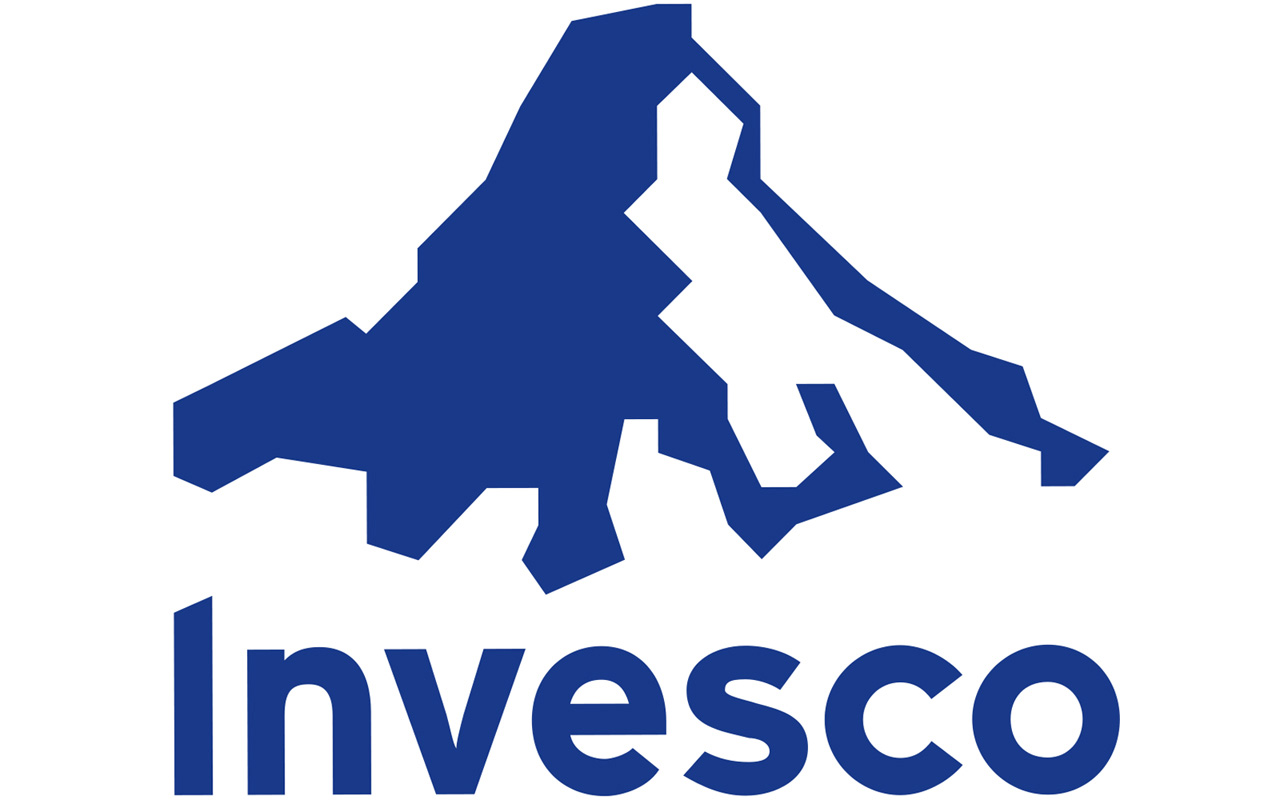
Invesco S&P SmallCap Low Volatility ETF
- Type: Low volatility
- Market value: $2.0 billion
- Yield: 2.7%
- Expense ratio: 0.25%
Small-cap stocks rarely are recommended as a way to hedge against an uncertain market. Sure, they have enormous growth potential, but they’re also high on risk – and when investors are scared, they tend to ditch risk.
The Invesco S&P SmallCap Low Volatility ETF (XSLV, $47.92) lets you have your cake and eat it too.
XSLV invests in the 120 least volatile stocks with the S&P SmallCap 600 Index. The portfolio is compiled not by market value, but by low volatility scores. It also reconstitutes more frequently than some other funds – quarterly, rather than semi-annually, so it’s better able to weed out companies that might have succumbed to a higher level of volatility.
Per Kiplinger’s Nellie Huang, who recently analyzed the fund as part of its inclusion in the Kip ETF 20: “Invesco S&P SmallCap Low Volatility is designed to smooth out the ride. So far, so good: Since this ETF launched in early 2013, it has outpaced two small-company stock benchmarks – the Russell 2000 and the S&P SmallCap 600 – on an annualized basis, with less volatility.”
XSLV is lopsided from a sector standpoint, however, with a whopping 44% of its portfolio invested in financials and almost another quarter of the fund in real estate. But these concentrations, especially in REITs – including top holdings Apollo Commercial Real Estate Finance (ARI) and Redwood Trust (RWT) – results in a yield of 2.7% that’s significantly fatter than the 1.6% generated by the Russell 2000 small-cap index.
Small-cap stocks also can provide some insulation from international troubles, given that often, most if not all their revenues are generated domestically.
Learn more about XSLV at the Invesco provider site.
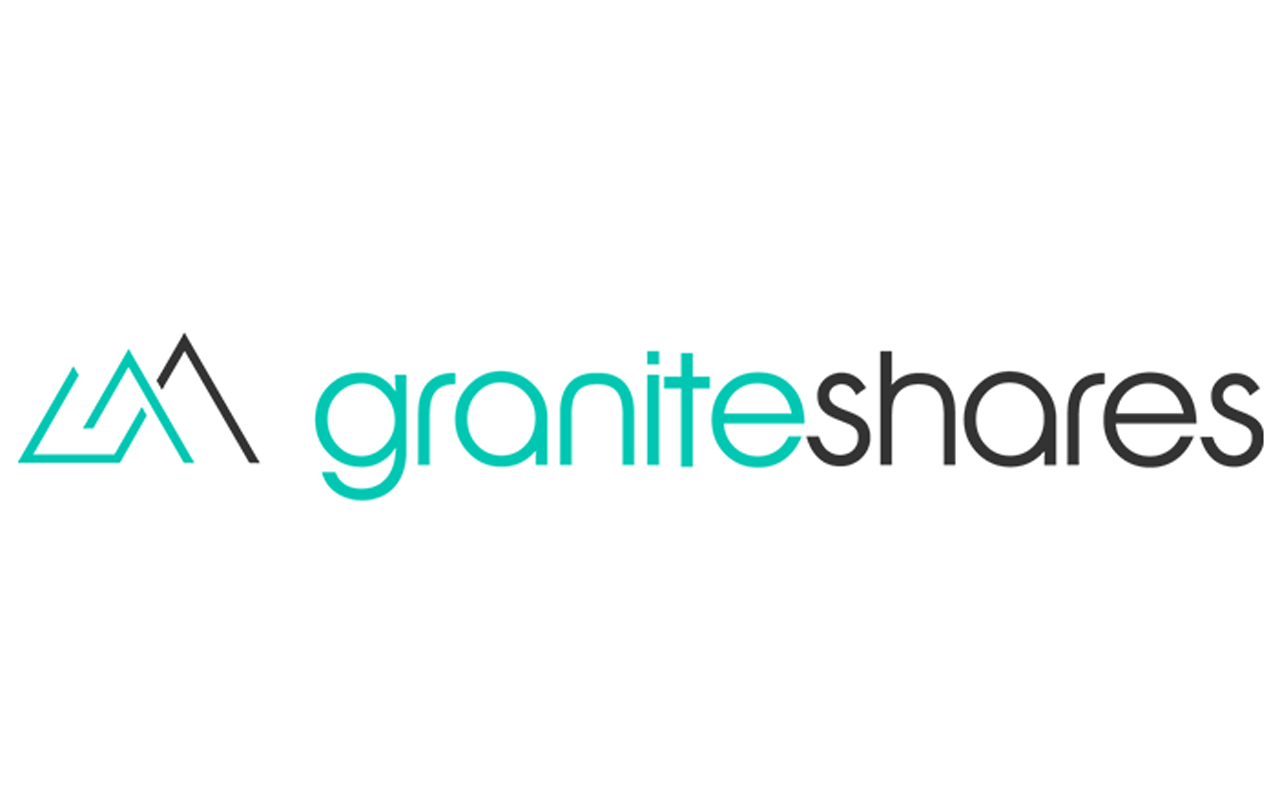
GraniteShares Gold Trust
- Type: Commodity (Gold)
- Market value: $566.0 million
- Dividend yield: N/A
- Expenses: 0.1749%
Gold is a popular flight-to-safety play that can get a lift from several sources. Part of it is just a worst-case-scenario fear: If global economic structures come crashing down and paper money means nothing, humans still will assign some worth to the shiny yellow element that once was a currency, regardless of its limited practical use compared to other metals.
Of course, at that point, you’re probably not thinking about your IRA.
But gold also is an uncorrelated asset that doesn’t move perfectly with or against the stock market. It’s often considered a hedge against inflation. It tends to go up when central banks unleash easy-money policies. Because gold itself is priced in dollars, weakness in the U.S. dollar can make it worth more. So sometimes, it pays to make shorter-term bets on the metal.
If you don’t want to go through the hassle and cost of having gold bars or coins delivered, finding somewhere to store them, insuring them, then having to find a buyer and a way to unload them when you want to exit your “position,” consider one of the many ETFs that trade based on the worth of actual gold stored in vaults.
Each GraniteShares Gold Trust (BAR, $128.83) unit represents 1/100th of an ounce of gold. And with a 0.1749% expense ratio, it’s the second-cheapest ETF that’s backed by physical gold. First is Aberdeen Standard Physical Swiss Gold Shares ETF (SGOL), which in late 2018 undercut GraniteShares at a flat 0.17% – yet another salvo in what has been an aggressive fee war in the space.
But BAR has other incentives, including a low spread that’s attractive to traders, and an investment team that’s easier to access than those at larger providers.
Learn more about BAR at the GraniteShares provider site.
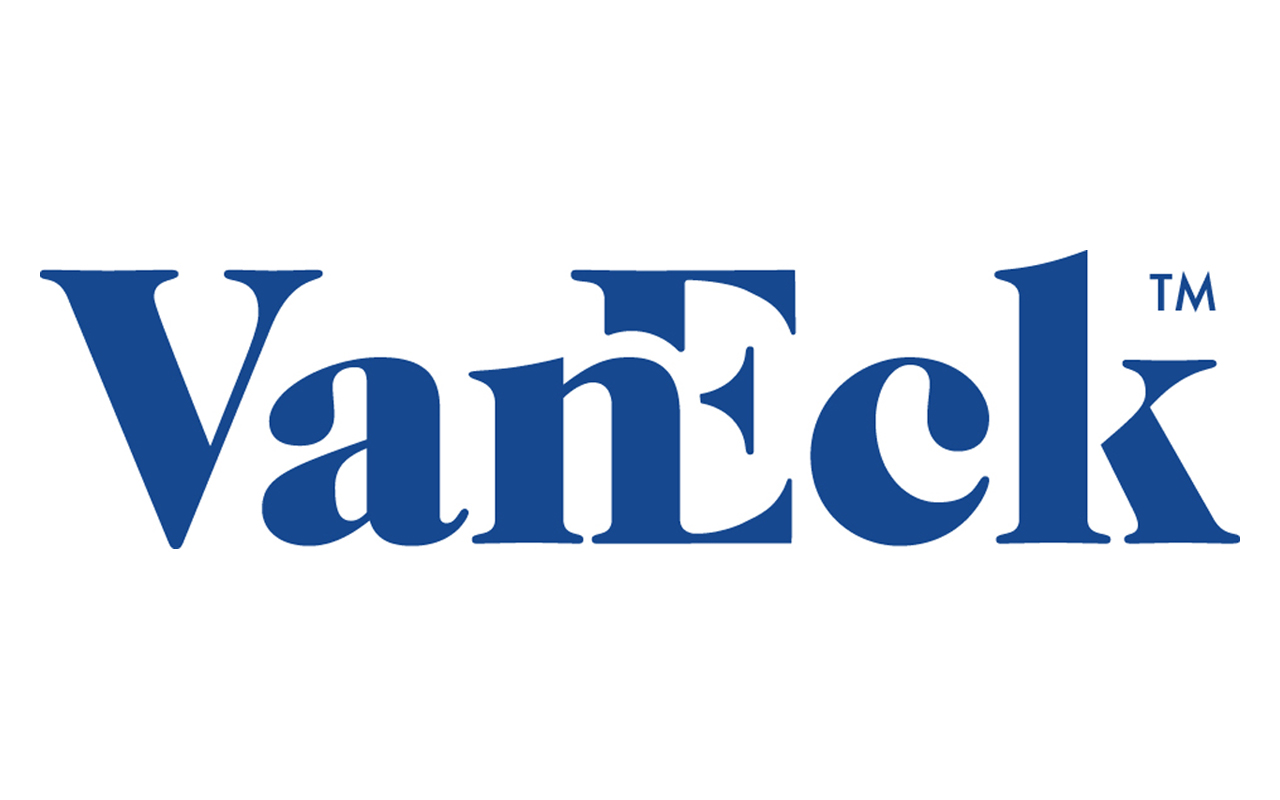
VanEck Vectors Gold Miners ETF
- Type: Gold stocks
- Market value: $11.3 billion
- Dividend yield: 0.4%
- Expenses: 0.52%
Gold mining stocks are a mix of commodity and equity – they’re publicly traded companies that have revenues and earnings, but their fates are largely dictated by the motion of the yellow metal.
You see, gold miners have a calculated cost of extracting every ounce of gold out of the earth. Every dollar above that is profit in their pockets. Thus, the same pressures that push gold higher and pull it lower will have a similar effect on gold mining stocks.
The VanEck Vectors Gold Miners ETF (GDX, $27.77) is among the best ETFs for this purpose. It’s the largest gold mining ETF, at more than $11 billion in assets, and it’s pretty straightforward. The fund holds more than 40 stocks that engage in the actual extraction and selling of gold. (VanEck has a sister fund, GDXJ, that invests in the “junior” gold miners that hunt for new deposits.)
But why gold miners instead of gold itself?
Gold stocks sometimes act in a more exaggerated manager – that is, when gold goes up, gold miners tend to gain by even more. For example, gold itself has had a phenomenal 2019, with the aforementioned BAR returning 12.3% year-to-date. The GDX, however, is up almost 32%, surging when gold climbs and slumping on even slight weakness in the metal.
Learn more about GDX at the VanEck provider site.

iShares 1-3 Year Treasury Bond ETF
- Type: Bond
- Market value: $16.8 billion
- SEC yield: 1.8%*
- Expenses: 0.15%
The iShares 1-3 Year Treasury Bond ETF (SHY, $84.68) is, to be blunt, boring. It’s a basic index fund that currently invests in a basket of more than 80 U.S. Treasury bonds with an average effective maturity (the amount of time until a bond’s principal is paid in full) of just less than two years.
These bonds are a safe bet, given that two of the three major credit providers give American debt the highest possible rating. The short maturity helps, too, because it tamps down on the risk of interest rates rising quickly, thus making SHY’s current holdings less attractive.
Safe bets typically don’t pay much, of course, but these aren’t typical times. SHY’s current yield of just under 1.8% is only a few basis points (one one-hundredth of a percent) less than the riskier iShares 7-10 Year Treasury Bond ETF (IEF), whose weighted average maturity is more than four times longer.
SHY rarely moves much. Over the past five years, the fund has traded in a range of about 3% from its highs to its lows. So in good times, the S&P 500 usually crushes short-term bonds. But the prospect of getting a 1.8% yield without worrying much about hemorrhaging capital losses sounds pretty good versus staying fully invested in equities during a correction or bear market.
Learn more about SHY at the iShares provider site.
* SEC yield reflects the interest earned for the most recent 30-day period after deducting fund expenses. SEC yield is a standard measure for bond funds.
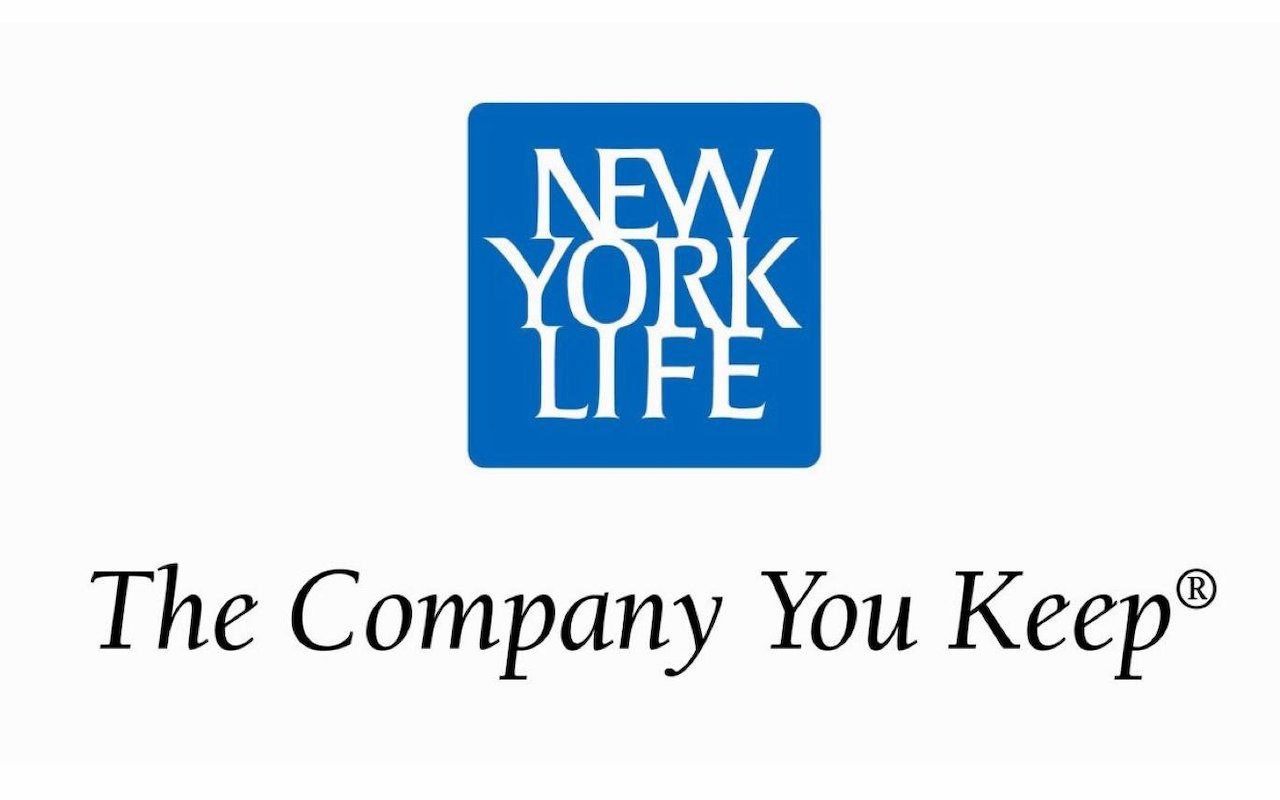
IQ S&P High Yield Low Volatility Bond ETF
- Type: Low-volatility bond
- Market value: $62.3 million
- SEC yield: 4.1%**
- Expenses: 0.40%
The IQ S&P High Yield Low Volatility Bond ETF (HYLV, $23.66) blends a few of the themes we’ve discussed here. You’re avoiding exposure to the stock market via bonds, you’re leaning on high income to lift returns and you’re seeking out low volatility to minimize losses.
The HYLV tries to find a middle ground where you can enjoy the high yield of below-investment-grade (“junk”) bonds while trying to mitigate their relatively high risk. The underlying index selects bonds using a calculation that factors in the bond’s duration (a measure of its sensitivity to interest rates), the bond’s spread (the difference between its yield and a similar-maturity U.S. Treasury bond’s yield) and the spread of the broader universe of bonds that the fund is selecting from.
The result shouldn’t surprise anyone: Eighty-three percent of HYLV’s debt portfolio is in the highest-quality junk tier (BB), with about 26% total in the absolute highest non-investment-worthy grade, BB+. The rest is in B-rated debt, as of the ETF’s most recent fact sheet – none is in CCC or lower.
You’re bringing in less income (4.1%) than what you’ll get from junk mainstays such as the SPDR Bloomberg Barclays High Yield Bond ETF (JNK) and iShares iBoxx $ High Yield Corporate Bond ETF (HYG), both of which yield more than 5%. But HYLV’s movements tend to be less drastic, giving you more peace of mind.
Learn more about HYLV at the New York Life provider site.
** SEC yield data for HYLV is as of June 30. Morningstar data for SEC yield was not available at time of writing.
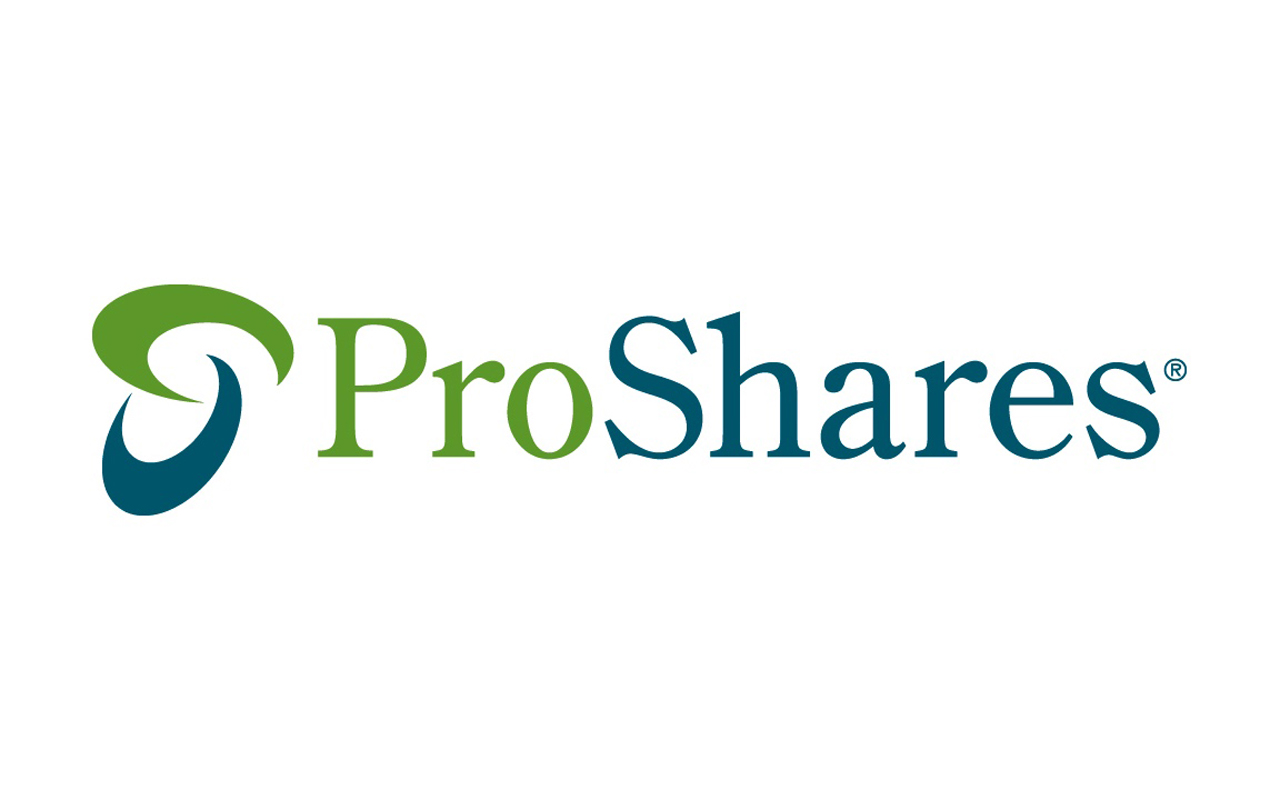
ProShares Short S&P 500 ETF
- Type: Inverse stock
- Market value: $1.9 billion
- Dividend yield: N/A
- Expenses: 0.89%
While all the following ETFs are certainly among the best ETFs to own if you’re looking for protection, none are inherently as crash-proof as the ProShares Short S&P500 ETF (SH, $26.71).
In fact, the best-case scenario for SH is a market crash.
The ProShares Short S&P500 ETF is a complex machine of swaps and other derivatives (financial instruments that reflect the value of underlying assets). But what it provides investors is simple: the inverse daily return (minus fees) of the S&P 500 Index. In short, if the S&P 500 loses 1%, the SH should gain 1%. Reality bears this out: Look at any chart of the ProShares Short S&P500 ETF, and you’ll see a virtual mirror image of the S&P 500.
SH is best used as a simple market hedge. If you’re scared of a market correction or worse, you could abandon all your stocks – but you’d rack up a ton of trading fees, not to mention potentially lose out on high yields-on-cost of established dividend positions. Or, you could stay mostly long but allocate a small percent of your portfolio to SH. That way, if the rest of your stocks go down, chances are SH is at least countering some of those losses, and you’re also not absorbing all those trading fees.
The risk is easy to see: If the market goes up, SH will muffle some of your gains.
Be warned: More aggressive “leveraged” inverse ETFs provide double or even triple this kind of exposure, be it on the S&P 500 or even sectors and industries. But you also risk double or triple the losses – far too much risk for your typical buy-and-hold, retirement-minded investor. A small hedging position in SH, however, is manageable and won’t crack your portfolio if the bulls do in fact win out.
Learn more about SH at the ProShares provider site.
Profit and prosper with the best of Kiplinger's advice on investing, taxes, retirement, personal finance and much more. Delivered daily. Enter your email in the box and click Sign Me Up.
Kyle Woodley is the Editor-in-Chief of WealthUp, a site dedicated to improving the personal finances and financial literacy of people of all ages. He also writes the weekly The Weekend Tea newsletter, which covers both news and analysis about spending, saving, investing, the economy and more.
Kyle was previously the Senior Investing Editor for Kiplinger.com, and the Managing Editor for InvestorPlace.com before that. His work has appeared in several outlets, including Yahoo! Finance, MSN Money, Barchart, The Globe & Mail and the Nasdaq. He also has appeared as a guest on Fox Business Network and Money Radio, among other shows and podcasts, and he has been quoted in several outlets, including MarketWatch, Vice and Univision. He is a proud graduate of The Ohio State University, where he earned a BA in journalism.
You can check out his thoughts on the markets (and more) at @KyleWoodley.
-
 Gold and Silver Shine as Stocks Chop: Stock Market Today
Gold and Silver Shine as Stocks Chop: Stock Market TodayStocks struggled in Friday's low-volume session, but the losses weren't enough to put the Santa Claus Rally at risk.
-
 Don't Wait Until January: Your Year-End Health Checklist to Kickstart 2026
Don't Wait Until January: Your Year-End Health Checklist to Kickstart 2026Skip the fleeting resolutions and start the new year with a proactive plan to optimize your longevity, cognitive health, and social vitality.
-
 Premium Rewards Cards: More Perks, Higher Fees
Premium Rewards Cards: More Perks, Higher FeesSome issuers are hiking the annual fee on their flagship luxury credit cards by hundreds of dollars. Are they still worth using?
-
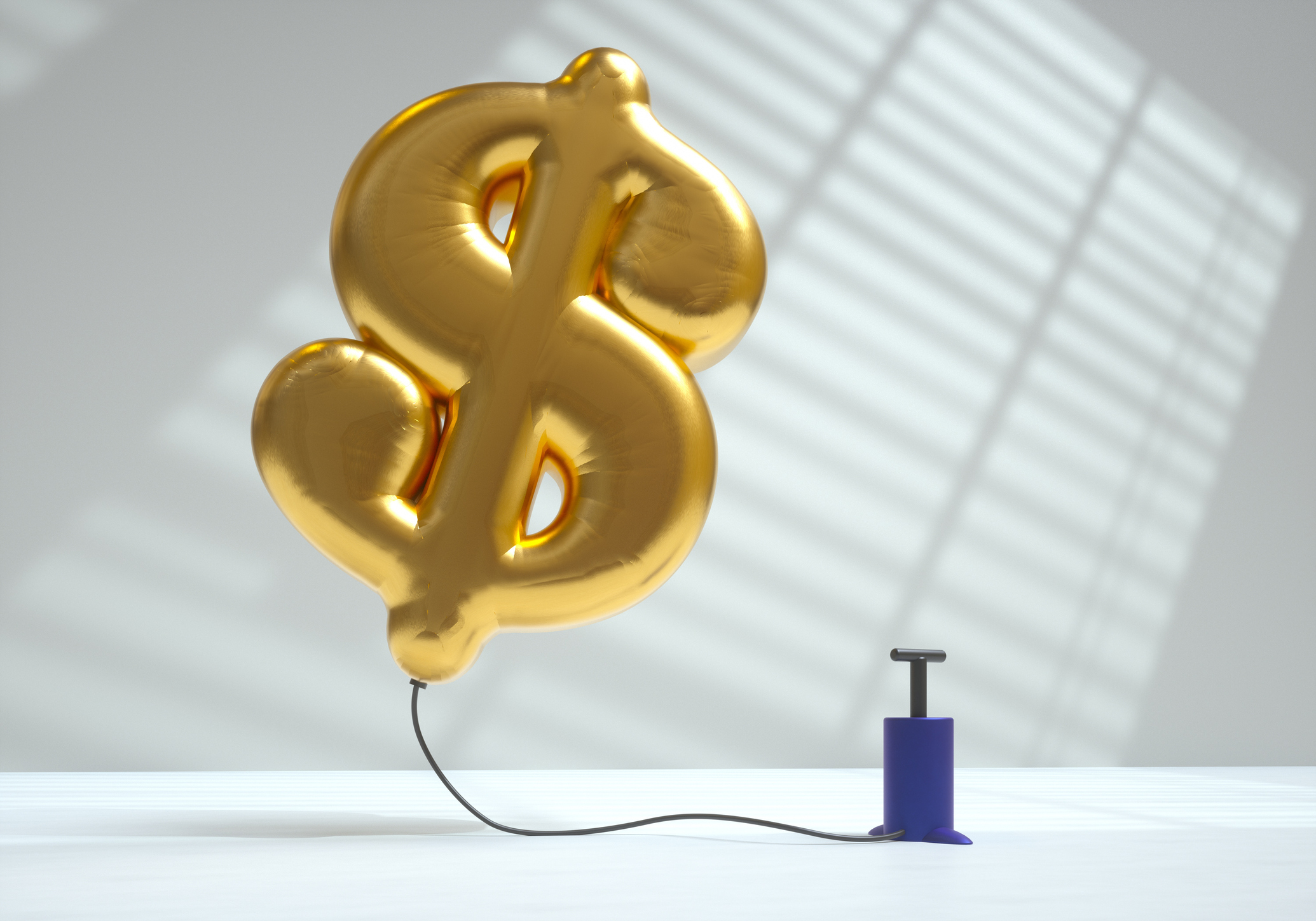 The November CPI Report Is Out. Here's What It Means for Rising Prices
The November CPI Report Is Out. Here's What It Means for Rising PricesThe November CPI report came in lighter than expected, but the delayed data give an incomplete picture of inflation, say economists.
-
 The Delayed November Jobs Report Is Out. Here's What It Means for the Fed and Rate Cuts
The Delayed November Jobs Report Is Out. Here's What It Means for the Fed and Rate CutsThe November jobs report came in higher than expected, although it still shows plenty of signs of weakness in the labor market.
-
 December Fed Meeting: Updates and Commentary
December Fed Meeting: Updates and CommentaryThe December Fed meeting is one of the last key economic events of 2025, with Wall Street closely watching what Chair Powell & Co. will do about interest rates.
-
 What Fed Rate Cuts Mean For Fixed-Income Investors
What Fed Rate Cuts Mean For Fixed-Income InvestorsThe Fed's rate-cutting campaign has the fixed-income market set for an encore of Q4 2024.
-
 The Delayed September Jobs Report Is Out. Here's What It Means for the Fed
The Delayed September Jobs Report Is Out. Here's What It Means for the FedThe September jobs report came in much higher than expected, lowering expectations for a December rate cut.
-
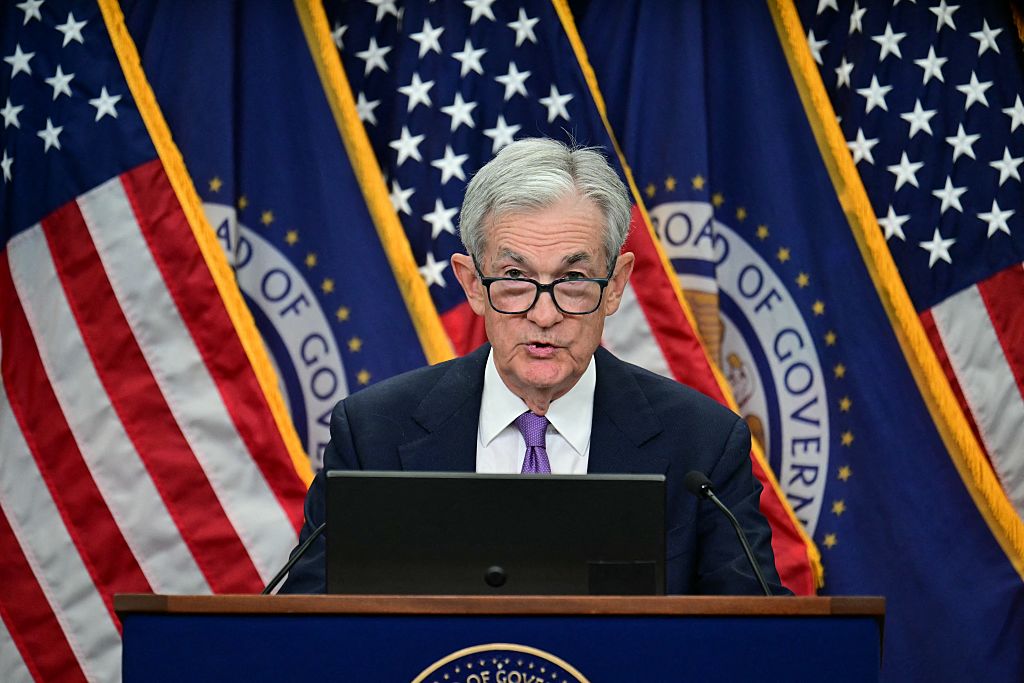 October Fed Meeting: Updates and Commentary
October Fed Meeting: Updates and CommentaryThe October Fed meeting is a key economic event, with Wall Street turned into what Fed Chair Powell & Co. did about interest rates.
-
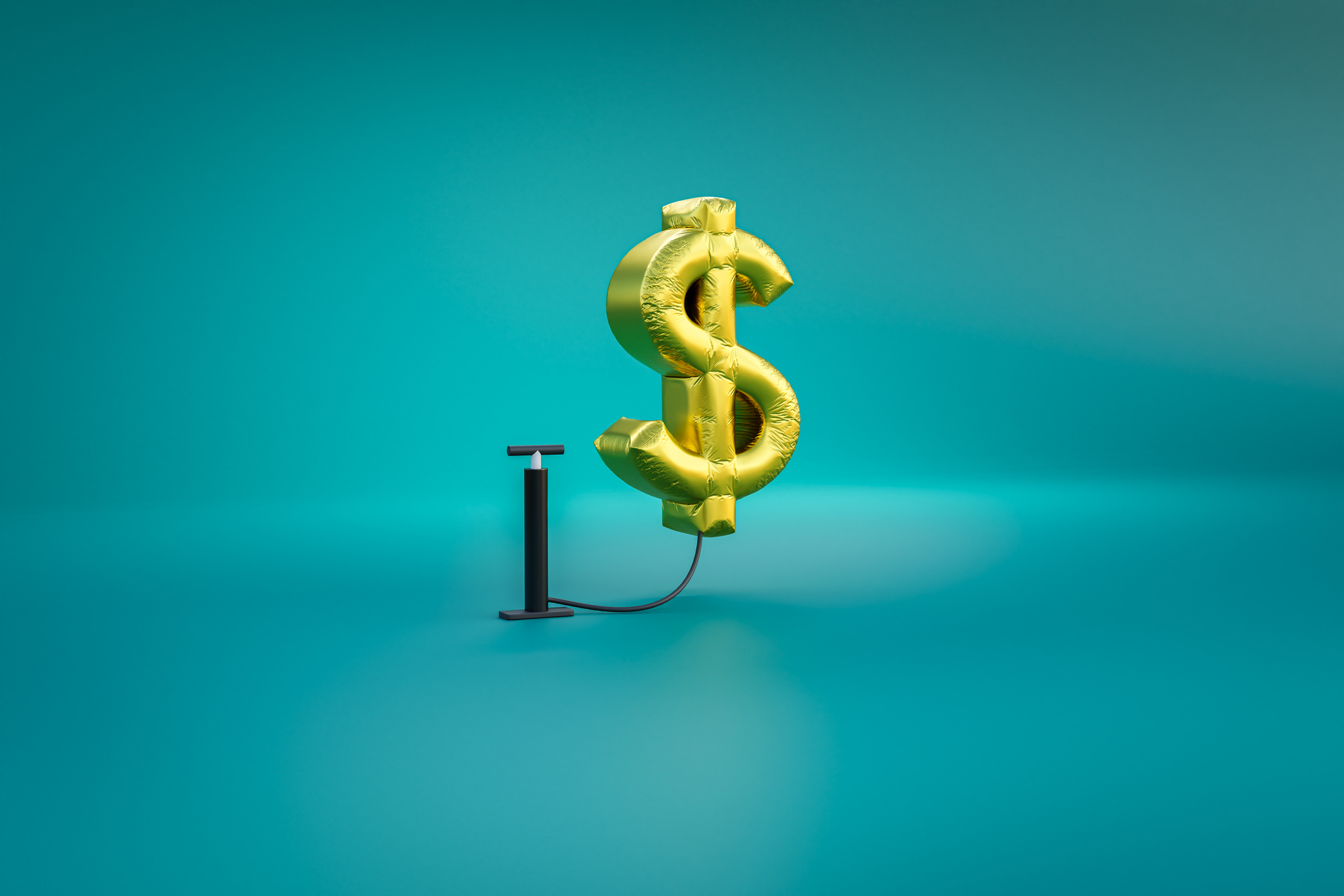 The Delayed September CPI Report is Out. Here's What it Signals for the Fed.
The Delayed September CPI Report is Out. Here's What it Signals for the Fed.The September CPI report showed that inflation remains tame – and all but confirms another rate cut from the Fed.
-
 Banks Are Sounding the Alarm About Stablecoins
Banks Are Sounding the Alarm About StablecoinsThe Kiplinger Letter The banking industry says stablecoins could have a negative impact on lending.

